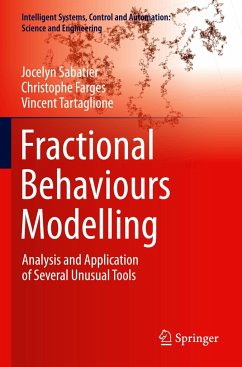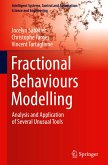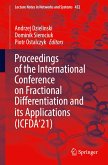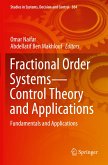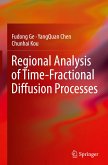This book is dedicated to the analysis and modelling of fractional behaviours that mainly result from physical stochastic phenomena (diffusion, adsorption or aggregation, etc.) of a population (ions, molecules, people, etc.) in a constrained environment and that can be found in numerous areas. It breaks with the usual approaches based on fractional models since it proposes to use unusual models which have the advantage of overcoming some of the limitations of fractional models.
This book is dedicated to postgraduated students and to researchers in the field or those who wish to learn with a fresh perspective. After a review of fractional models and their limitations, it proposes and demonstrates the interest of four other modelling tools to capture fractional behaviours: new kernels in integral operators, Volterra equations, nonlinear models and partial differential equations with spatially variable coefficients. Several applications on real data and devices illustratetheirefficiency.
This book is dedicated to postgraduated students and to researchers in the field or those who wish to learn with a fresh perspective. After a review of fractional models and their limitations, it proposes and demonstrates the interest of four other modelling tools to capture fractional behaviours: new kernels in integral operators, Volterra equations, nonlinear models and partial differential equations with spatially variable coefficients. Several applications on real data and devices illustratetheirefficiency.

